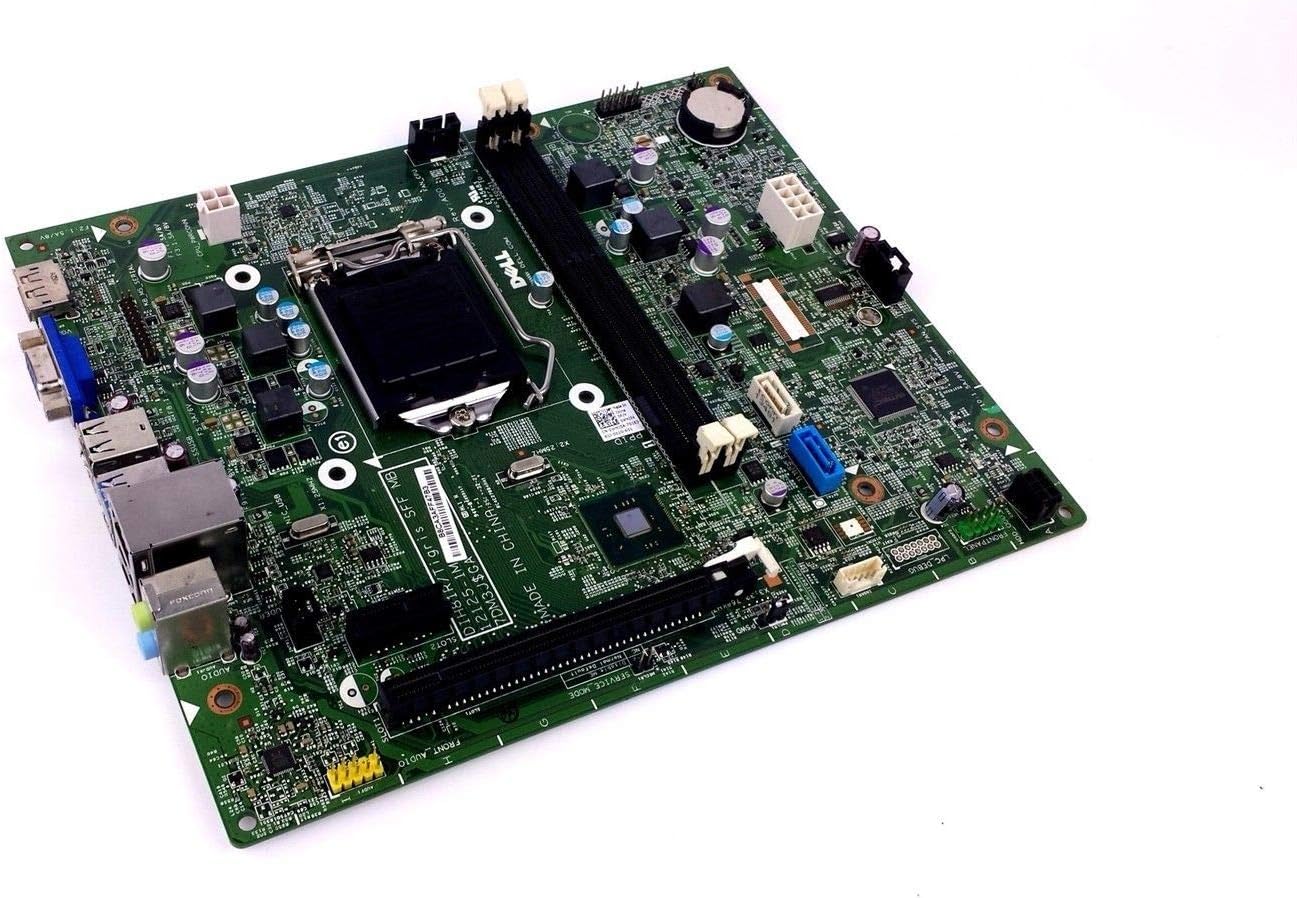In the world of automotive technology, a new era is dawning. An era that prioritizes safety and security above all else. This revolution is being driven by cutting-edge vehicle safety innovations that are set to redefine our experience on the road.
One of the most significant advancements in this field is autonomous driving technology. Self-driving cars, once relegated to the realm of science fiction, are now becoming an increasingly tangible reality. These vehicles use complex algorithms, sensors and cameras to navigate their surroundings without human intervention. They can analyze traffic conditions in real-time, predict potential hazards and react accordingly – often more quickly than a human driver could.
The integration of artificial intelligence (AI) into these systems further enhances their capabilities. AI can learn from past experiences and make decisions based on patterns it has previously encountered. This means that with each journey, an autonomous vehicle becomes better equipped to handle unexpected situations.
Another revolutionary vehicle safety innovation-to-Everything (V2X) communication technologies which allow vehicles to communicate with each other as well as with infrastructure like traffic lights or road signs. Through V2X communication, a car can alert another about its intention to turn or change lanes; it can also receive information about upcoming traffic jams or road work ahead from infrastructure systems thus preventing collisions and ensuring smoother flow of traffic.
The development of advanced driver-assistance systems (ADAS) also marks a significant stride towards safer roads. Features such as automatic emergency braking, lane-keeping assist and adaptive cruise control have already begun making their way into mainstream models providing drivers with additional support during their journeys.
Moreover, electric vehicles (EVs), which were once considered less safe than traditional combustion engines due to concerns over battery fires, have evolved significantly thanks to technological advancements in battery management systems and fire suppression technologies.
These innovations not only promise safer roads but also offer environmental benefits by reducing CO2 emissions through optimized driving patterns or shifting towards electric powertrains.
However, while these advancements are indeed exciting, they also pose new challenges. The integration of such complex technologies requires rigorous testing and validation to ensure their reliability and safety. In addition, there are significant regulatory hurdles that need to be overcome before we see widespread adoption of these innovations.
Despite the challenges ahead, the potential rewards are immense. These cutting-edge vehicle safety innovations have the power to drastically reduce road accidents and save countless lives each year. They represent a promising vision for the future of mobility – one where every journey is safe, efficient, and sustainable. As we continue to push the boundaries of what’s possible in automotive technology, this vision becomes ever more attainable.

